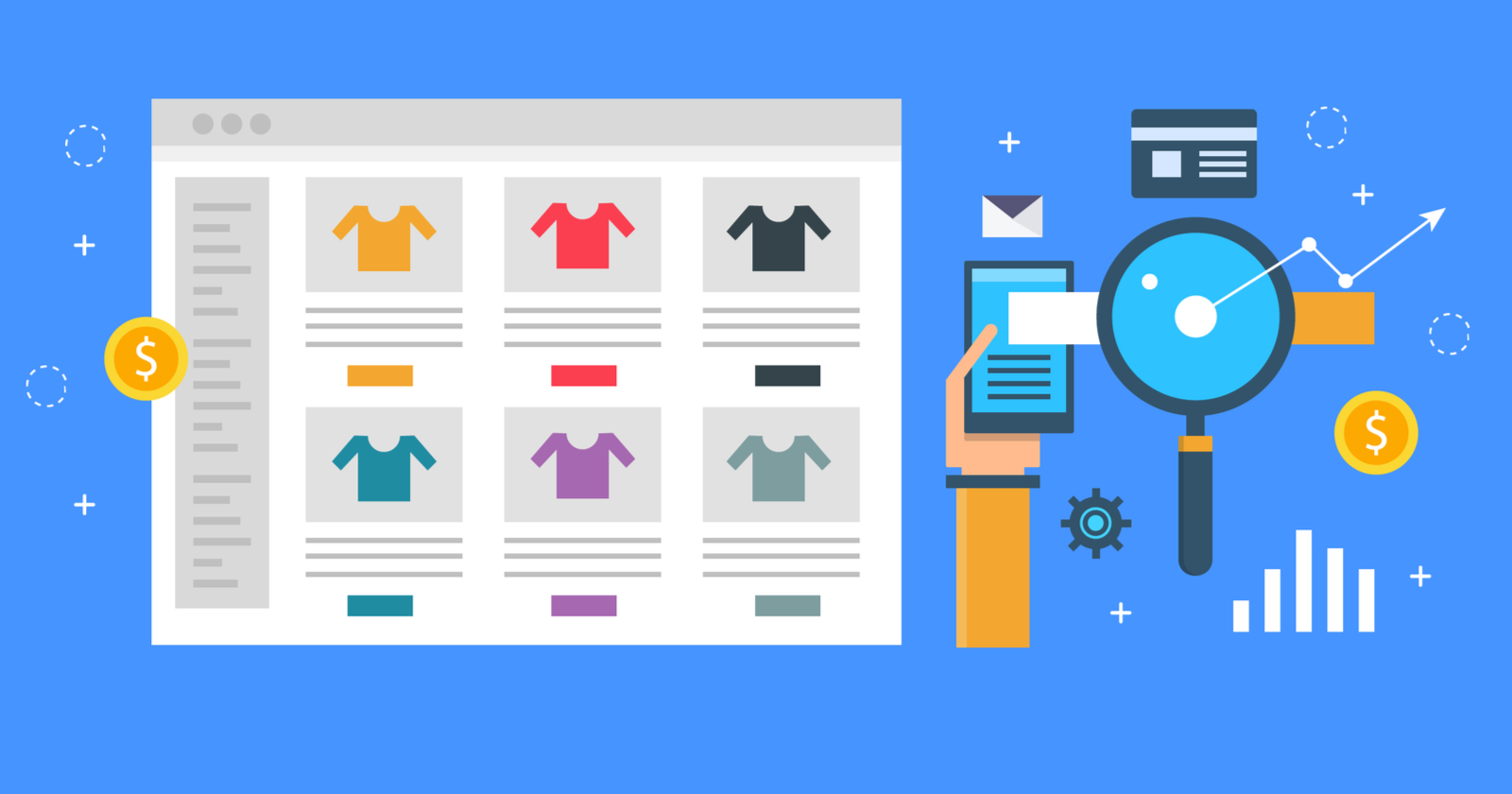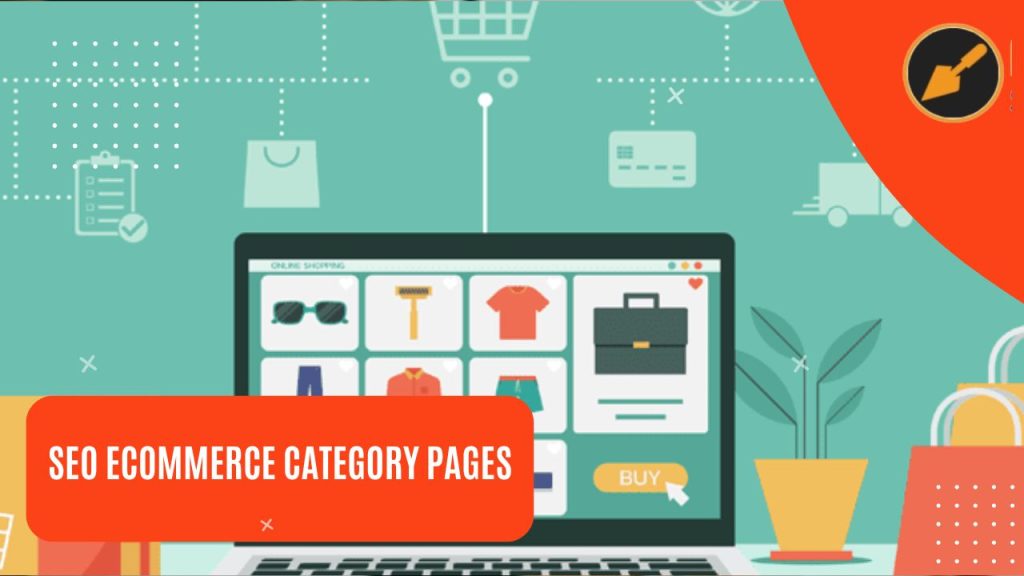SEO for e-commerce category pages is crucial. It can boost your online store’s visibility and sales.
E-commerce category pages are often overlooked in SEO strategies. Yet, they hold significant potential. These pages can attract relevant traffic and enhance user experience. Optimizing them helps search engines understand your content better. This leads to higher rankings and more organic traffic.
You need to focus on keywords, content, and internal linking. These elements can make your category pages shine. In this blog, we’ll explore effective strategies. You will learn how to optimize e-commerce category pages for SEO. This will help your store reach its full potential. Let’s dive in and make your category pages work harder for you!

Credit: uproer.com
Importance Of Seo For E-commerce
SEO is crucial for e-commerce success. It helps your products reach more people. Without SEO, your site might get lost among competitors. This means fewer customers and lower sales. Understanding SEO can boost your e-commerce business significantly.
Increase Visibility
SEO improves your e-commerce site’s visibility. High visibility means customers can find your products easily. Using the right keywords is essential. These keywords should match what potential customers are searching for. Optimizing your site for search engines puts your products in front of more eyes.
Drive Organic Traffic
Organic traffic is valuable for e-commerce sites. It brings potential customers who are already interested in your products. SEO helps attract this traffic without paying for ads. Quality content and relevant keywords attract visitors naturally. This leads to higher conversion rates and more sales.
Optimizing Category Page Titles
Optimizing category page titles is essential for e-commerce success. Clear, keyword-rich titles improve search engine rankings and attract visitors. Engaging titles can turn visitors into customers. Below are tips on how to optimize your category page titles for better SEO performance.
Use Keywords
Incorporate relevant keywords into your category page titles. This helps search engines understand your content. Use tools like Google Keyword Planner to find high-traffic keywords.
- Place primary keywords at the beginning of the title.
- Include secondary keywords naturally within the title.
- Keep titles under 60 characters to avoid truncation.
Engage Customers
Craft titles that engage customers. Use clear and descriptive language. This tells visitors what to expect.
Examples:
| Not Engaging | Engaging |
|---|---|
| Shirts | Stylish Men’s Shirts for Every Occasion |
| Electronics | Top-Rated Electronics for Tech Enthusiasts |
Highlight unique selling points. Use adjectives like “affordable,” “durable,” or “trendy.” This can make your titles more attractive.
- Be specific about the product category.
- Use language that resonates with your target audience.
- Test different titles to see what works best.
Remember, optimizing category page titles is key for SEO. It also helps engage customers. Follow these tips to improve your e-commerce site’s performance.
Crafting Meta Descriptions
Crafting effective meta descriptions is crucial for e-commerce category pages. These summaries can significantly impact your click-through rate (CTR). They should be engaging and informative, drawing users to your page. Let’s explore how to craft compelling meta descriptions for your e-commerce site.
Include Call-to-action
A strong call-to-action (CTA) in your meta description encourages users to click on your link. Examples include “Shop Now,” “Discover More,” or “Buy Today.” These phrases create a sense of urgency. They can guide users to your category pages effectively.
| Call-to-Action | Purpose |
|---|---|
| Shop Now | Encourages immediate action |
| Discover More | Invites exploration |
| Buy Today | Creates urgency |
Highlight Unique Selling Points
Your meta descriptions should highlight your unique selling points (USPs). What makes your products stand out? Mention features like free shipping, quality guarantee, or exclusive items. This helps attract potential buyers who value these benefits.
- Free shipping on all orders
- Quality guarantee on every product
- Exclusive items are only available here
By including these elements, you make your category pages more appealing. Potential customers will be more likely to click through and explore your offerings.

Credit: www.searchenginejournal.com
Improving Page Content
Enhancing the content of your eCommerce category pages is essential. It can improve user experience and search engine rankings. An optimized page can lead to higher traffic and better conversion rates. Here are two effective ways to improve your eCommerce category page content.
Use High-quality Images
Images are crucial in eCommerce. They attract and engage visitors. Use high-quality images to showcase your products. Ensure the images are clear, well-lit, and professionally taken. This helps in building trust with your customers.
Consider using multiple images for each product. Show different angles and details. This helps users make informed decisions. Always use descriptive alt text for each image. It improves accessibility and SEO.
| Image Quality | Benefits |
|---|---|
| High Resolution | Shows product details clearly |
| Multiple Angles | Gives a complete view |
| Alt Text | Improves SEO and accessibility |
Incorporate Customer Reviews
Customer reviews build trust and credibility. Potential buyers rely on reviews to make purchase decisions. Displaying reviews on category pages can increase conversion rates.
Include a section for customer reviews. Highlight positive feedback and address common concerns. Use a simple star rating system to make it easy for users to understand. Encourage customers to leave reviews by offering incentives.
- Highlight positive reviews
- Address common concerns
- Use a star rating system
- Offer incentives for reviews
By improving your page content, using high-quality images, and incorporating customer reviews, you can create a more engaging and effective eCommerce category page.
Enhancing User Experience
Enhancing user experience on eCommerce category pages is vital. It ensures visitors can easily find and purchase products. A smooth and enjoyable user experience leads to higher conversions and customer satisfaction. This section highlights ways to enhance the user experience on your eCommerce category pages.
Ensure Mobile-friendliness
Most shoppers use mobile devices to browse and buy products. So, it’s essential to ensure your eCommerce site is mobile-friendly. Here are some tips:

- Use a responsive design that adjusts to different screen sizes.
- Optimize images and videos for faster loading times.
- Ensure buttons and links are easily clickable on smaller screens.
- Implement mobile-friendly payment options.
By focusing on mobile-friendliness, you can provide a seamless shopping experience. This will help to retain customers and increase sales.
Simplify Navigation
Simplifying navigation helps visitors find what they need quickly. Clear and intuitive navigation can reduce bounce rates and improve user satisfaction. Here are some tips to simplify navigation:
- Use clear and descriptive category names.
- Organize products into relevant subcategories.
- Implement a search bar with autocomplete suggestions.
- Use filters and sorting options to help users narrow down their choices.
Consider adding a breadcrumb trail to show users their location on the site. Simplified navigation helps users find products faster, leading to higher conversions.

Credit: ahrefs.com
Frequently Asked Questions
What Are Seo E-commerce Category Pages?
SEO e-commerce category pages are optimized pages that help improve search engine rankings for product categories.
How Do I Optimize E-commerce Category Pages?
Use relevant keywords, write unique descriptions, and ensure fast load times. Add high-quality images and internal links.
Why Are Keywords Important For Category Pages?
Keywords help search engines understand the page content. They improve visibility and attract relevant traffic.
Can Internal Linking Improve Category Page Seo?
Yes, internal linking helps search engines crawl your site better. It also guides users to related products.
How Often Should I Update Category Pages?
Regularly update category pages to keep content fresh. This helps maintain and improve search engine rankings.
Conclusion
Optimizing your e-commerce category pages is essential for better SEO performance. Clear navigation, compelling descriptions, and relevant keywords enhance user experience. These strategies drive traffic and improve search rankings. Remember, small changes can have big impacts. Regularly update content to stay competitive.
Test and refine your approach continuously. Good SEO practices can boost your e-commerce success. Start implementing these tips today for better results.


